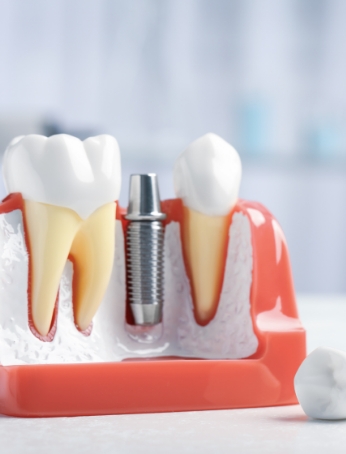The cost varies on how many implants you would like, if you need any extractions and grafting, and if you can use your existing denture. We have packages for many snap on dentures to make the process easier for you.
If you can use your existing full lower denture, lower snap on packages for 2 implants start for less than $4,995 if available discounts are applied.
If you need a new lower denture, lower snap on packages start for less than $6,995 after available discounts, and they include a high quality metal framed denture (for greater strength).
If you can use your existing full upper denture, upper snap on packages for 4 implants start for less than $9,295 if available discounts are applied.
If you need a new upper denture, upper snap on packages start for less than $11,195 after available discounts, and they include a high quality metal framed denture (for greater strength).
Call today for a free consult!





